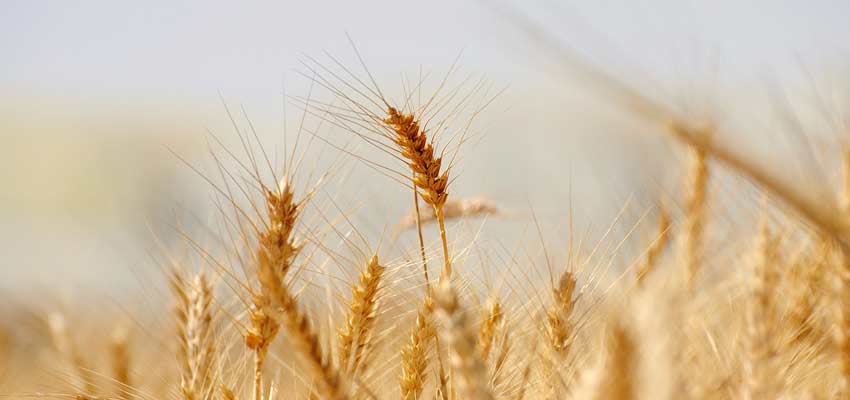With Regulation (EU) 2024/1022, which came into force on 29 April 2024 and will apply from 1 July 2024, the revision of the maximum quantities was completed.
Deoxynivalenol occurs as a metabolic product of various fungi of the genus Fusarium, particularly in cereals (especially wheat and maize).
The mycotoxin from the type B trichothecene family can lead to chronic illnesses in humans and animals, e.g. weaken the immune system, even when ingested in small quantities. DON can also have a mutagenic and carcinogenic effect. For this reason, maximum levels for food and animal feed have been set in the EU.
These were revised by the EU Commission on the basis of new studies and newly regulated in the above-mentioned regulation.
Annex 1 of the Regulation has been amended as follows:
|
Product category |
MRL |
Remarks |
|
1.4.1 Unprocessed cereal grains except products listed in 1.4.2 and 1.4.3 |
1000 |
Except unprocessed maize grains intended for processing by wet milling and except rice.The maximum level applies to unprocessed cereal grains placed on the market with a view to the first stage of processing (6). |
|
1.4.2 Unprocessed durum wheat grains and unprocessed maize grains |
1500 |
Except for unprocessed maize grains for which it is clear, for example from the labelling or the designation, that they are intended exclusively for use in a wet milling process (starch extraction). The maximum content applies to unprocessed durum wheat grains and unprocessed maize grains that are placed on the market with regard to the first processing stage (6). |
|
1.4.3 Unprocessed oat grains with husk |
1750 |
The maximum level applies to unprocessed oat grains with husks placed on the market with a view to the first stage of processing (6). The maximum level applies to the oat grains including husks that are not consumed. |
|
1.4.4 Cereals placed on the market for the final consumer, maize for popping and popcorn |
750 |
Except rice. |
|
1.4.5 Milling products of cereals |
600 |
Except ground rice products. |
|
1.4.6 Milling products of maize |
||
|
1.4.6.1 Milling products of maize placed on the market for the final consumer |
750 |
|
|
1.4.6.2 Milling products of maize not placed on the market for the final consumer |
1000 |
|
|
1.4.6.3 Pre-cooked polenta ready-to-eat |
250 |
|
|
1.4.7 Bakery wares, cereal snacks and breakfast cereals |
400 |
Except rice products. Including small bakery wares. |
|
1.4.8 Pasta |
600 |
|
|
1.4.9 Baby food and processed cereal-based food for infants and young children (3) |
150 |
Except rice products. The maximum level applies to the dry matter (5) of the product as placed on the market. |
|
1.4.10 Food for special medical purposes intended for infants and young children (3) |
150 |
Except rice products. The maximum level applies to the dry matter (5) of the product as placed on the market. |
The footnote texts can be found in the regulation.
YOUR PLUS: The AGROLAB laboratories have decades of experience in the analysis of cereals and cereal products. The determination of mycotoxins in food and animal feed using state-of-the-art LC MS/MS methods is part of our routine range of services.
Author: Dr. Frank Mörsberger

 LinkedIn
LinkedIn ALOOSTA
ALOOSTA Contact
Contact
 Contact
Contact Career
Career